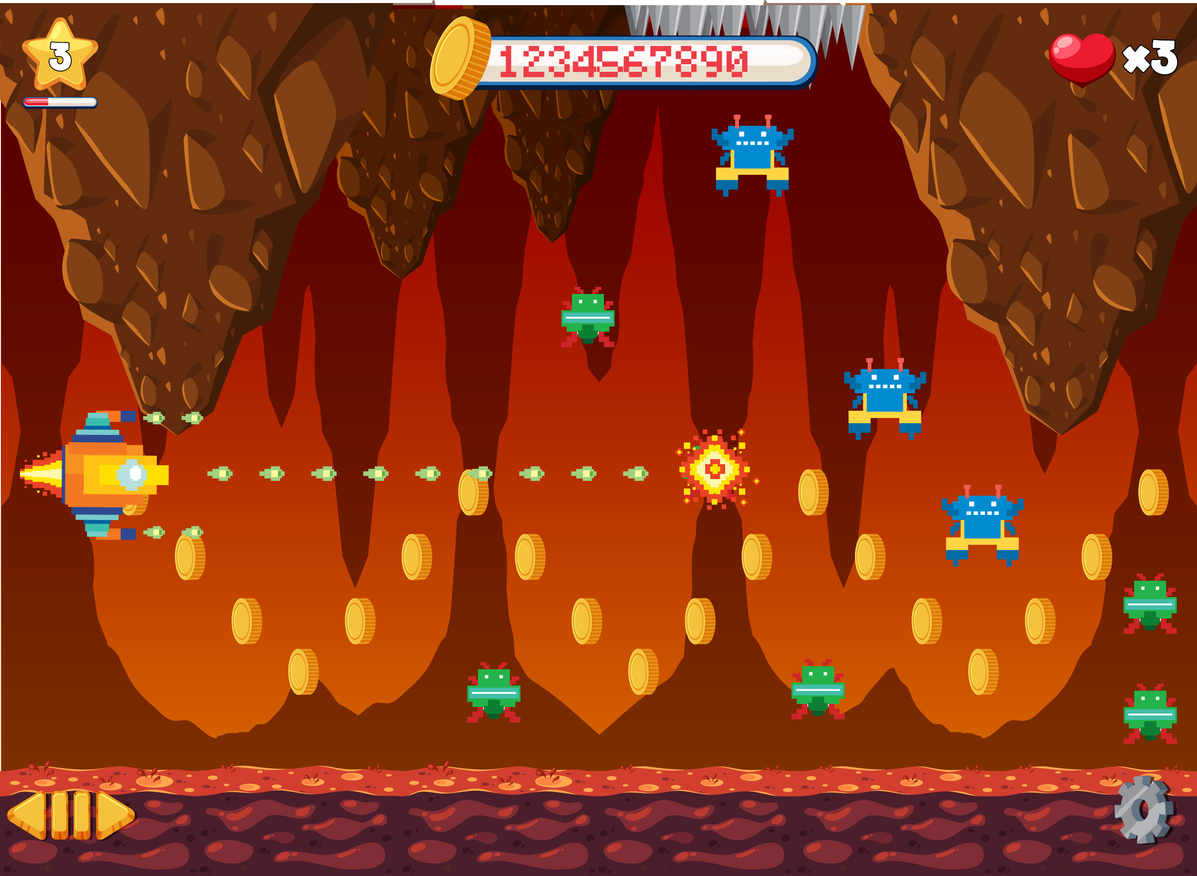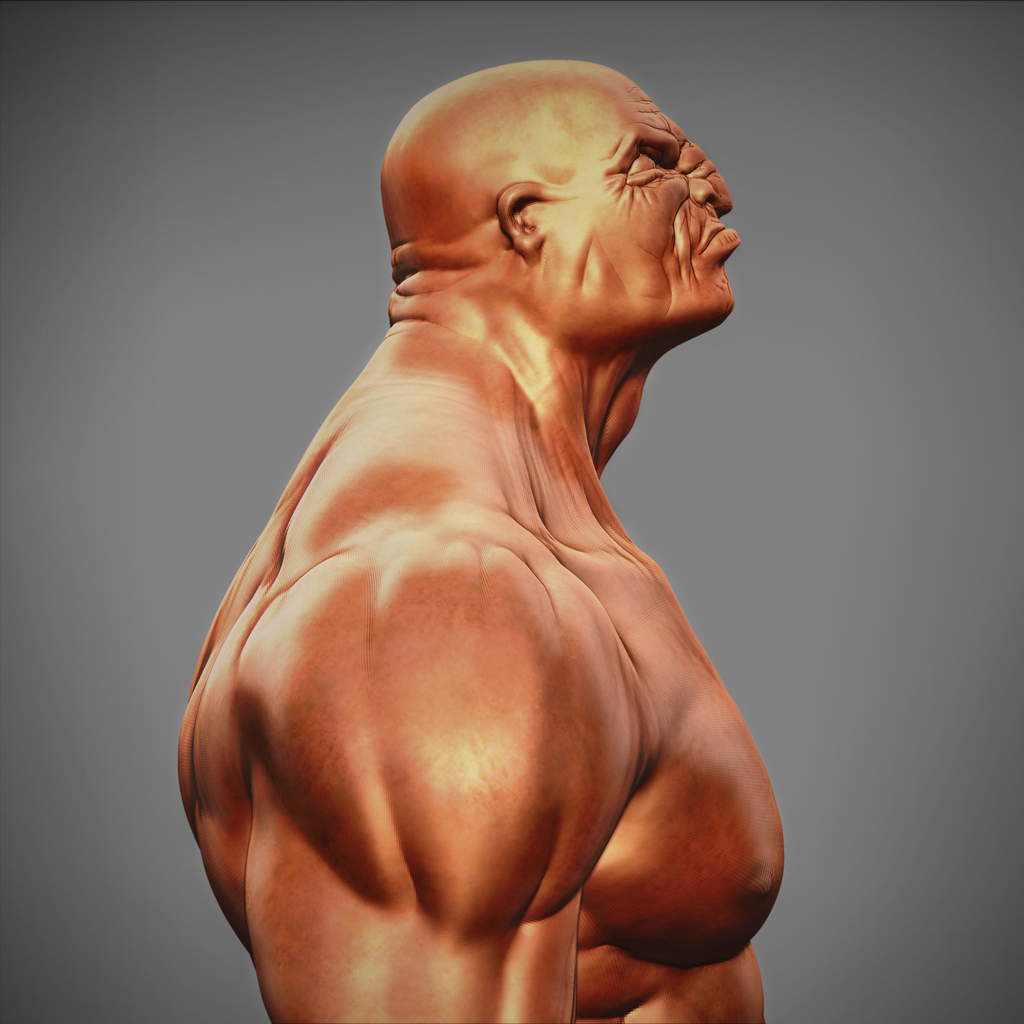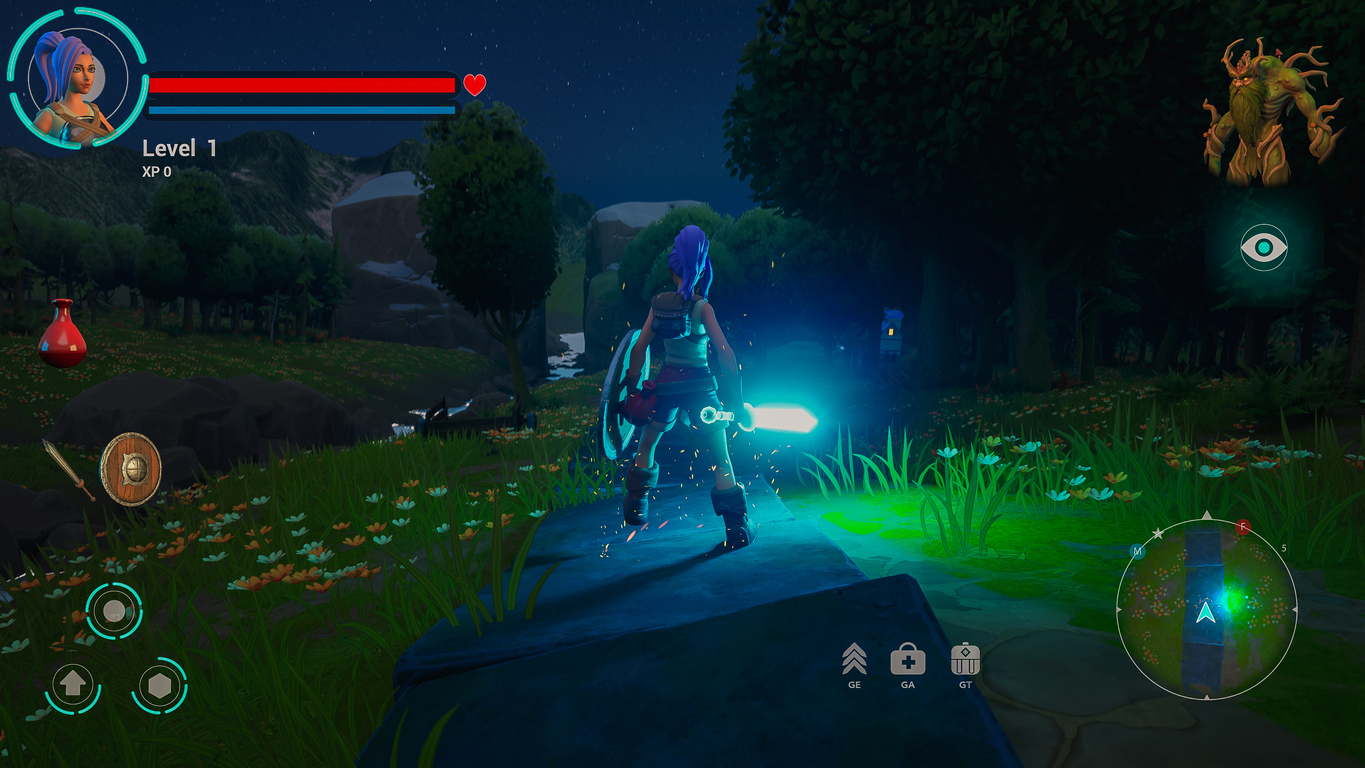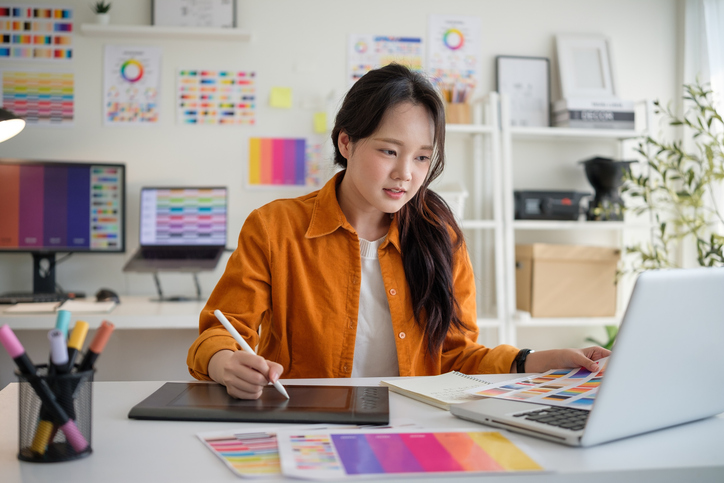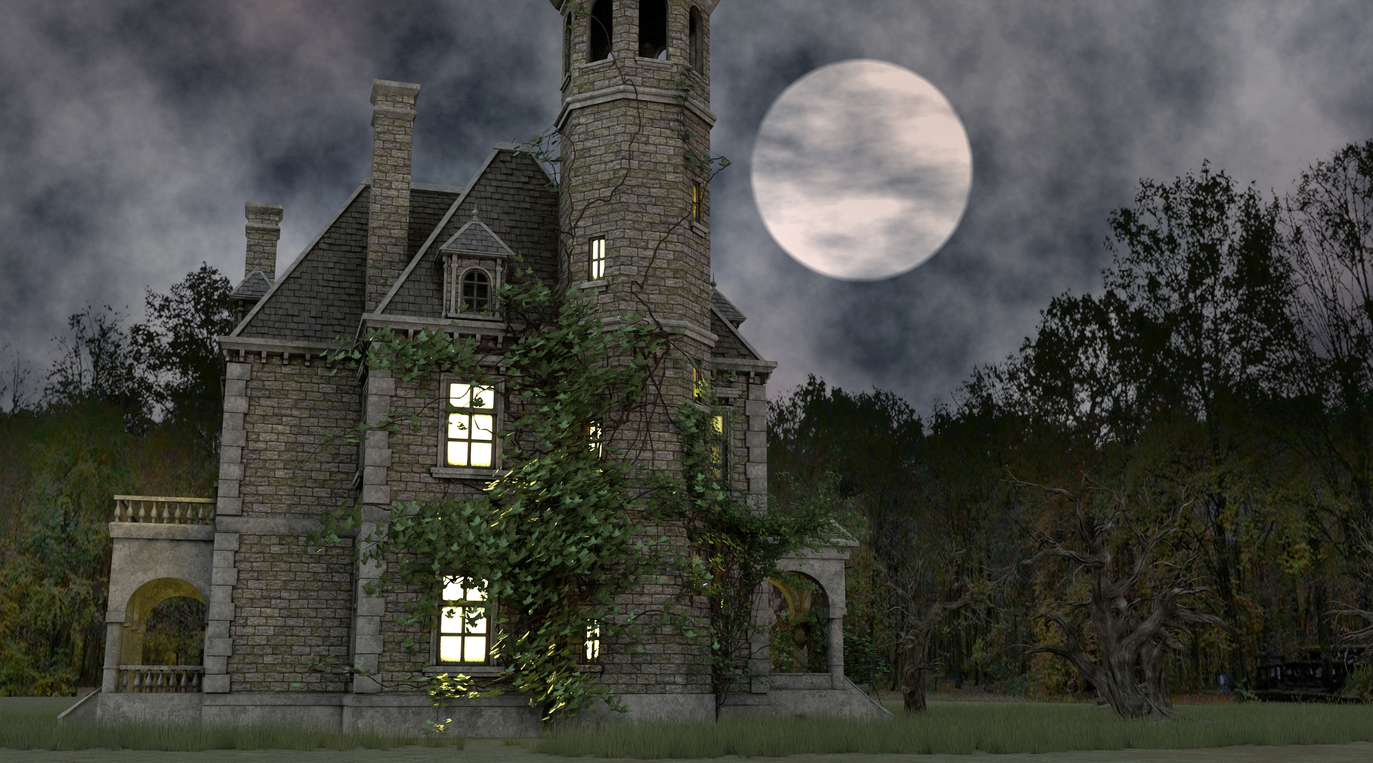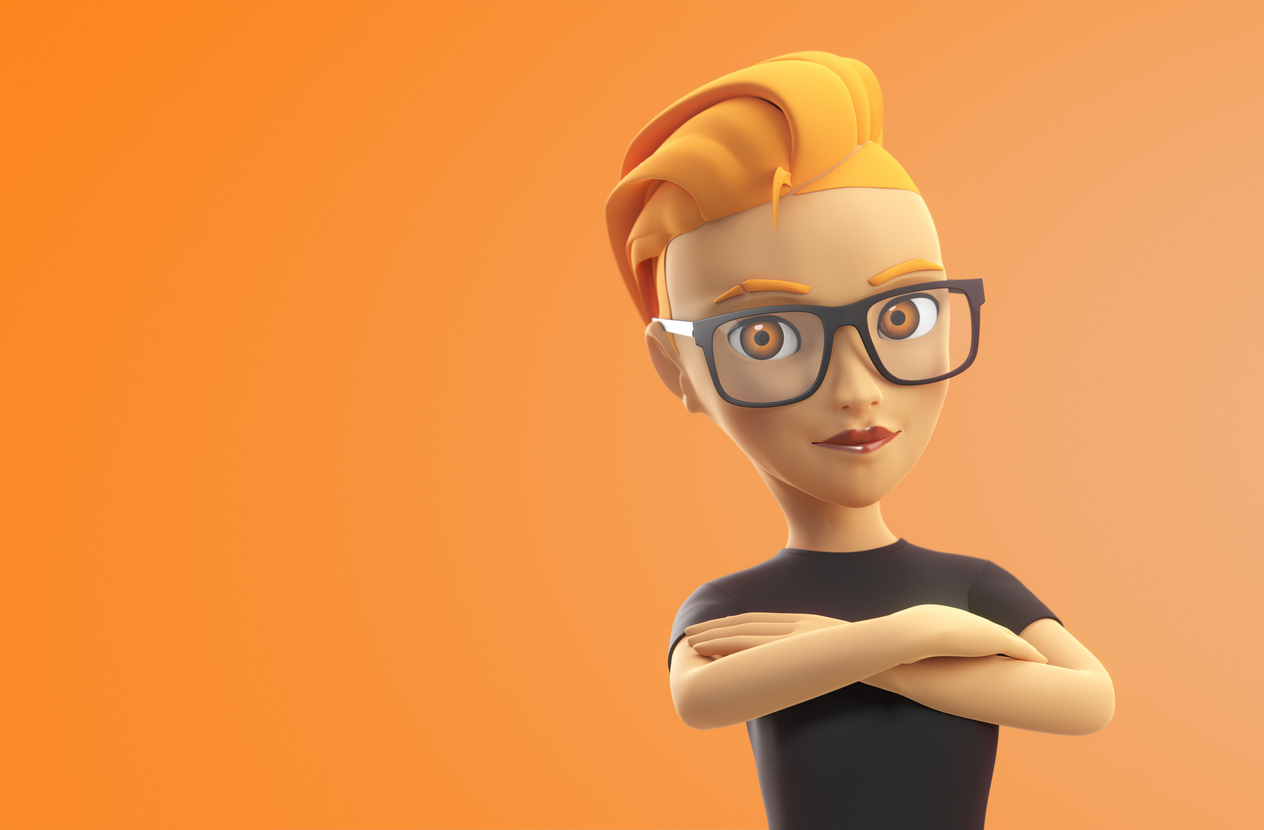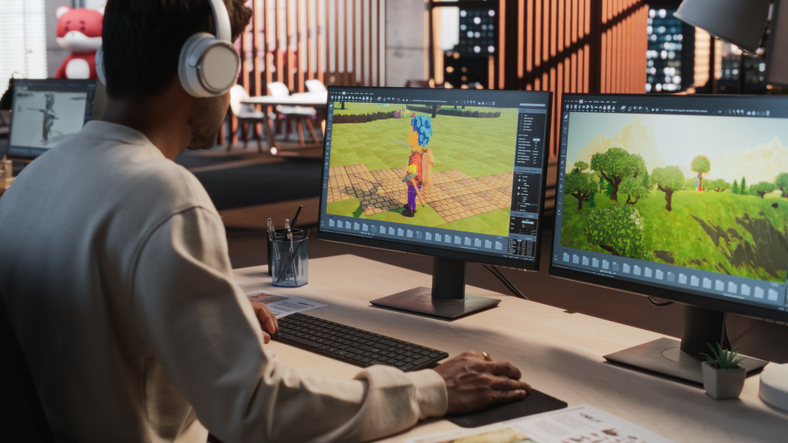If you’ve sculpted a character in ZBrush and want to bring it to life with colour, Polypaint is your go-to tool. ZBrush isn’t limited to sculpting, its built-in painting system lets you apply colour directly onto your 3D model without needing UVs or external software.
Whether you’re designing creatures, characters, or concept pieces, learning how to color in ZBrush will elevate your artwork and streamline your workflow.
What Is Polypaint?
ZBrush uses vertex-based painting, meaning each polygon can store colour information. The higher your mesh density, the more detailed your paint can be. Unlike traditional texturing, Polypaint doesn’t require UVs—you're painting directly onto the 3D sculpt. When needed, you can later bake those colours into a texture map for use in other software or game engines.
Why Game Artists Love Painting in ZBrush?
1. Sculpt-and-Paint Workflow
ZBrush lets artists paint and sculpt in one place. You don’t need external apps just to test colours, so you stay focused and creative.
2. Natural 3D Painting
Painting on the actual 3D surface is intuitive, you immediately see how strokes follow shapes, curves, and contours.
3. Perfect for Concepting
Polypaint is ideal for quick colour exploration, testing materials, and presenting early looks to clients or teammates without UVs.
4. High Detail
A dense mesh allows extremely fine painting, pores, freckles, scales, fabric wear, and more.
5. Easy Texture Baking
Once you’re done, ZBrush can convert Polypaint into a standard texture map and export it for engines like Unreal or Unity.
A Step-by-Step Guide: How to Color in ZBrush?
Step1. Prepare Your Model
Before painting:
- Convert primitives to Polymesh 3D using Make Polymesh 3D.
- Subdivide your model to increase polygon density. More polygons = sharper paint.
- Switch to a neutral material like SkinShade4 or Flat Color to see true colour while painting.
A high-resolution mesh gives Polypaint the most accuracy and prevents blocky colour.
Step 2. Enable Polypaint & Apply a Base Color
- Enable Polypaint by turning on Colorize in Tool > Polypaint (or click the paintbrush icon next to your Subtool).
- Select a colour and activate RGB only (turn off Zadd/Zsub).
- Use Color > Fill Object to flood the model with the base colour.
If Fill Object doesn’t work, make sure:
- Colorize is on.
- No texture map is applied (textures override Polypaint).
Step 3. Paint With Brushes and Symmetry
Use brushes like Standard or PaintBrush to begin applying colour:
- Press X for symmetry (great for faces, creatures, armour).
- Lower RGB intensity for soft shading.
- Use larger brushes for gradients, smaller brushes for details.
- Hold Shift with RGB on to gently blend colours.
Polypainting behaves like traditional painting, but with the advantage of working directly on a 3D surface.
Step 4. Mask and Isolate for Precision
ZBrush’s masking tools help you control where colour goes:
- Hold Ctrl to paint masks.
- Use Ctrl + I to invert.
- Mask by cavity or smooth peaks to quickly shade recesses.
- Hide geometry to focus on one area at a time.
- Use polygroups or subtools for easier isolation.
This gives clean results when painting detailed features like eyes, tattoos, armour trims, or patterned surfaces.
Step 5. Build Layers of Detail
To avoid flat, uniform colours:
- Add subtle gradients for natural variation.
- Paint shadows in recesses and highlights on raised areas.
- Use spray strokes and noise alphas for organic textures like skin, scales, rust, or dirt.
- Work in passes: base tones, secondary colours, details.
ZBrush doesn’t have Photoshop-style layers, but you can use ZBrush’s painting layers (at highest subdivision) to experiment and toggle changes on/off.
Step 6. Export Your Painted Texture (Optional)
To use your polypaint outside ZBrush:
- Make sure your model has UVs (UV Master works well).
- Choose your UV texture size under Tool > UV Map.
- Create a texture using Tool > Texture Map > Create > New From Polypaint.
- Export the texture from the Texture palette.
- Export the model (OBJ or FBX).
A helpful guideline:
For best results, match polycount to texture resolution
(e.g., ~1 million polys for a 1K texture).
Helpful Tips for Polypainting
Subdivide for Detail
Low poly meshes paint blocky colours. Aim for hundreds of thousands to millions of polygons for crisp detail.
Check Common Settings Issues
If you can’t paint:
- Is the mesh a Polymesh 3D?
- Is Edit mode on?
- Is Colorize enabled?
- Is RGB active with intensity up?
- Is there an active texture overriding the paint?
Use Undo and Layers
ZBrush supports many undos. For experimental work, paint on layers or save multiple versions (v1, v2, etc.).
Leverage Polygroups
Assign polygroups for cleaner masking and hiding. This helps keep different model areas separate and easy to paint.
Try Different Alphas and Strokes
- Round alpha: clean, solid strokes
- Spray stroke: natural texture variation
- Drag-dot: stamping patterns (scales, pores, dents)
Paint Materials for Concept Art
Use M or MRgb to paint materials on specific areas for presentations. (Materials won’t export to other software, but look great in ZBrush renders.)
Save Your Work Often
Polypaint is stored in your ZTL or project file—save incremental versions as you go.
How VCAD Can Help You Learn ZBrush
Self-learning is valuable, but structured guidance can help you advance faster. VCAD’s Game Development and Design Diploma Program gives you a comprehensive 72-week education in both the artistic and technical aspects of game creation, including ZBrush painting.
You’ll Learn Tools Like:
- ZBrush for sculpting and Polypaint
- Maya for modeling
- Substance Painter & Designer for texturing
- Unreal Engine for game development
- Photoshop & After Effects for visuals
- Python for scripting workflows
You’ll Also Build Skills In:
- Game design and storytelling
- Character art and anatomy
- Environment and level design
- Animation fundamentals
- Production pipelines
- Portfolio creation with polished game-ready assets
Industry professionals—including VFX expert Gil Nam Choi—bring real-world experience into your learning environment.
Who the Program Is For
Anyone passionate about games, art, and world-building—beginners included. If you enjoy creativity, problem-solving, and designing characters or environments, this program is a great fit.
Final Thoughts
Polypaint in ZBrush is a powerful, intuitive way to breathe colour and depth into your 3D sculpts. By preparing your mesh, enabling polypaint, building colours in layers, using masking for precision, and exporting textures when needed, you’ll be able to create vibrant, polished models ready for concept art or game development.
The more you practice, the stronger your style becomes—so experiment boldly. And if you want structured training, VCAD’s Game Development and Design Diploma Program can help turn your creative passion into a professional path.
Keep painting, keep learning, and bring your worlds to life!


